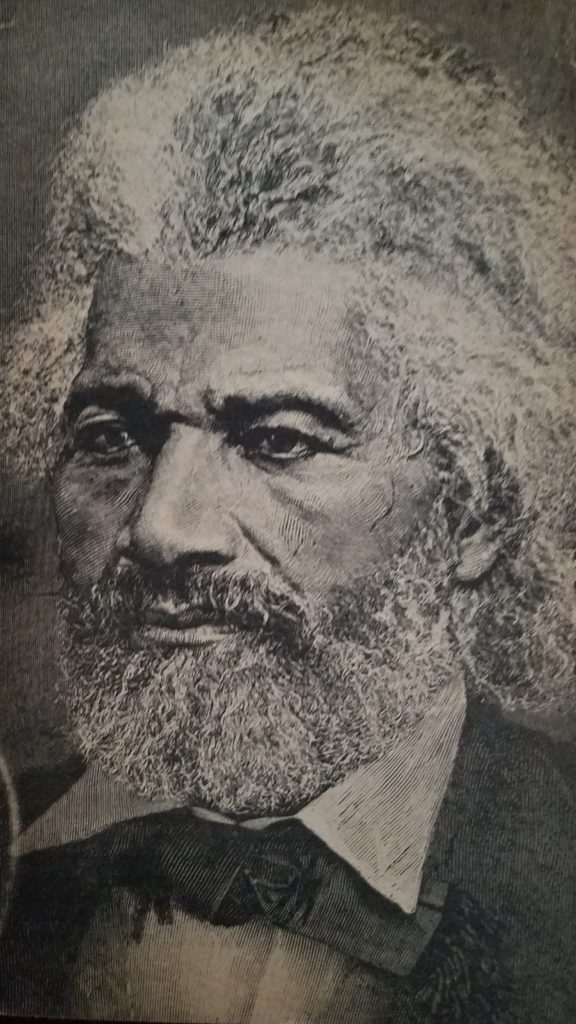After the westward expansion of the United States in the early 1800’s, there was a need for a labor force. This labor was provided by enslaved people. There was a one mile stretch of productive agriculture regions from South Carolina to Texas. The key crop was cotton and that plant became king in the South. According to C.L. Lincoln’s book, The Negro Pilgrimage In America, the Louisiana Purchase of 1803 opened up additional lands for cultivation and provided the foundation for America’s “Manifest Destiny.”
According to History.com, Manifest Destiny is based on an idea that the United States is destined to expand its dominion and spread democracy and capitalism across North America. This philosophy was used to justify the forced removal of Native Americans and other groups from their homes. The rapid expansion of the United States increased the issue of slavery because new states were added to the Union.
While the South was focused on slavery and economic events, the anti-slavery movement was gaining strength in the North. The abolitionist movement advocated for immediate freedom for enslaved people. Many Northerners were afraid that the sudden release of four million black people into an established white society would be a major threat to social stability.
Merriam-Webster describes an abolitionistasa person who wants to stop or abolish slavery. Lincoln described William Lloyd Garrison, the fiery editor of The Liberator, as the most vocal of all the white abolitionists. He wrote many anti-slavery editorials in his newspaper. In return, he was attacked by a well-dressed white mob and dragged through the streets of Boston. Another white Bostonian, Wendell Phillips, abandoned his own career and became Garrison’s principal aide. His trained legal mind was a perfect match to Garrison’s emotionalism.
Lincoln wrote, “The abolitionist campaign was the channel through which the American Negro press came into being. In 1827, John B. Russwurm was the first Negro to graduate from an American college. He founded the nation’s first Negro newspaper, Freedom’s Journal, in New York City.” Fredrick Douglass met William Lloyd Garrison and toured together. Douglass later published a newspaper called The North Star. The print media and historians contributed the world’s awareness of the evils of slavery.
Several Southern states responded to the pressure of abolitionists by enacting or strengthening manumission laws. Slave owners had to free enslaved people on condition that they leave the states where they had lived. Many freed enslaved people fled to the North. With financial aid from the federal government, the American Colonization Society was formed in 1817. The intent was to form a colony for former enslaved people in Africa. President Monroe helped establish the colony of Liberia. This plan called for Southerners to free enslaved people in exchange for payment. According to Lincoln, more than a thousand manumitted enslaved people were told to leave American soil and sent to Liberia. Other historians note many others were opposed because they were born on American soil.
Lincoln wrote, “Between 1807 and 1838, New York, Pennsylvania, New Jersey and Connecticut either disenfranchised Negroes or required extremely high property holdings as a qualification to vote. In Ohio, each freed Negro entering the state was required to post a bond of five hundred dollars, Indiana and Illinois took similar restrictive measures. The North was afraid the freed Negro would affect the labor market adversely and resented that Negroes without property holdings, were a drain upon taxpaying landowners.”
In several American cities, free black people were a significant part of the taxpaying population. Black economic progress was not restricted to the North. In Charleston, South Carolina, Jehu Jones, a free black man, owned the largest hotel interest. There were many other prominent black businessmen in the South.
Francie Mae. March 18, 2021.
References
“Abolitionist.” Merriam-Webster.com Dictionary, Merriam-Webster, https://www.merriam-webster.com/dictionary/abolitionist. Accessed 18 Mar. 2021.
C. Eric Lincoln. November 1967. The Negro Pilgrimage In America. Bantam Pathfinder Books.
Image of Fredrick Douglass. (Schomburg Collection, New York Public Library).
“Manifest Destiny.” History.com Editors. Website-History. https://www.history.com/topics/westward-expansion/manifest-destiny.Accessed March 18, 2021. Publisher, A&E Television Networks. Last Updated, November 15, 2019. Original Published Date, April 5, 2010. History.com Editors.
